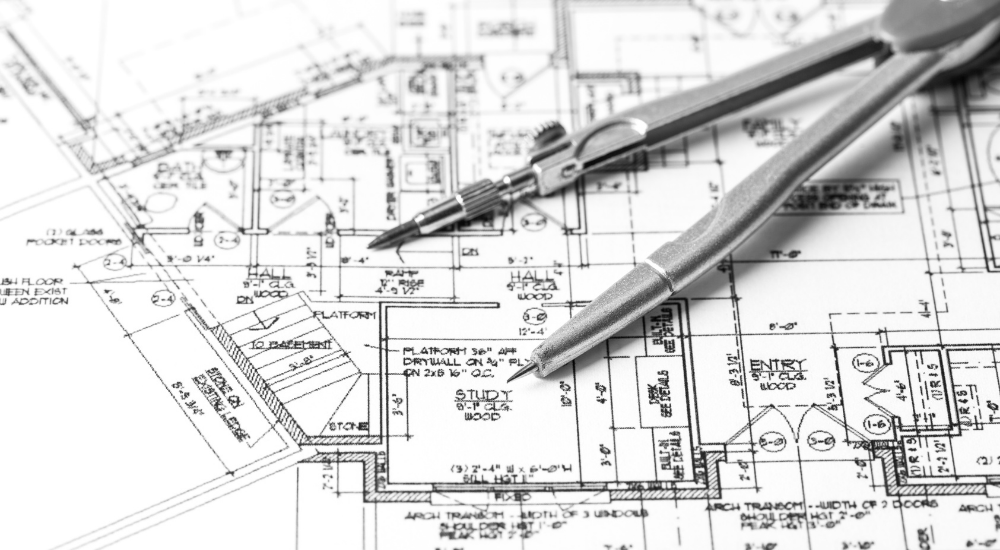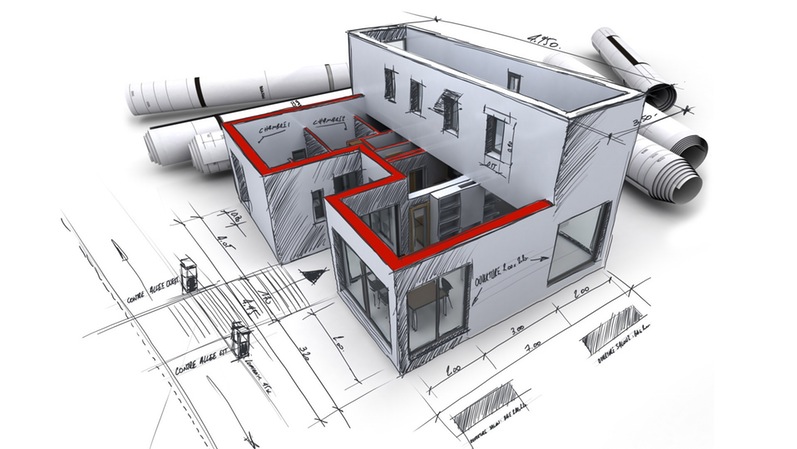Exactly How CDA Architects Provide Cutting-Edge Solutions for Lasting Design
Exactly How CDA Architects Provide Cutting-Edge Solutions for Lasting Design
Blog Article
An Extensive Summary of Building Designs and Their Impact on Modern City Preparation and Growth
Building designs have actually long functioned as a mirror to the social worths and technical innovations of their time, playing an essential role fit contemporary city planning and growth. From the splendour of Neoclassicism to the utilitarian method of Brutalism, each style has presented special ideas that influence urban appearances and capability. As modern difficulties occur, including sustainability and community needs, recognizing these historic frameworks becomes important. The resulting dialogue not just informs future layout methods but also elevates essential concerns about the equilibrium in between heritage and advancement in our progressing metropolitan landscapes.
Historic Overview of Building Designs
Throughout history, building styles have actually advanced in action to social, technological, and ecological elements. Each duration reflects the prevailing worths, beliefs, and innovations of its time, causing an abundant tapestry of design that symbolizes human creativity and adaptation. The old civilizations, such as the Egyptians and Greeks, established foundational styles that stressed balance and percentage, offering both functional and visual functions.
As cultures transitioned through the Center Ages, Gothic style emerged, defined by its verticality and complex describing, mirroring the spiritual goals of the period. The Renaissance marked a revival of classic perfects, combining art and architecture in ingenious manner ins which influenced subsequent designs throughout Europe.
The Industrial Change introduced new materials and building methods, triggering motions like Innovation, which tested typical forms and embraced simplicity and functionality. The 20th century saw a diversification of styles, with Postmodernism responding versus the plain minimalism of its precursor, integrating historic referrals and diverse components.
Today, building styles continue to evolve, driven by globalization and sustainability issues, reflecting a dynamic interplay between heritage and innovation. This historical overview underscores the importance of architecture as a mirror of societal evolution and as a stimulant for city growth.
Trick Architectural Styles Explained
The variety of architectural styles reflects the myriad impacts that form our constructed atmosphere, each symbolizing distinct qualities and cultural values. Trick building styles consist of Timeless, Gothic, Baroque, Innovation, and Postmodernism, each representing unique historical contexts and visual approaches.
Classic architecture, rooted in old Greece and Rome, highlights proportion, proportion, and making use of columns. In comparison, Gothic architecture, prospering in the center Ages, is characterized by sharp arches, ribbed safes, and flying buttresses, creating an ethereal top quality in cathedrals. Baroque style, emerging in the 17th century, is noted by splendour, elaborate decoration, and a dynamic interplay of light and darkness.

Recognizing these designs supplies understanding right into the cultural narratives and technological improvements of their particular ages, highlighting exactly how design serves not equally as a shelter, but as a representation of social worths and desires.
Influence on Urban Preparation
In shaping the growth of cities, architectural styles a fantastic read dramatically affect city preparation choices. The choice of architectural style frequently determines the looks, functionality, and total character of metropolitan environments.
Moreover, building styles can affect zoning regulations and land utilize plans. Urban planners have to consider the dominating building trends when developing areas, ensuring that new growths harmonize with existing structures. This factor to consider cultivates cohesive metropolitan landscapes and improves area identity.
The implementation of certain building styles can also influence socioeconomic aspects within a city. High-end contemporary styles may draw in upscale citizens and services, leading to gentrification, while extra affordable housing solutions might prioritize practical and lasting layouts to fit varied populations. Eventually, the interplay between building designs and city preparation produces dynamic cities that reflect both historical context and modern demands, forming the lived experiences of their occupants.
Sustainability and Modern Design
Architectural styles play a pivotal duty in resolving modern difficulties, especially in the realm of sustainability. As urban locations increase and environmental my response worries heighten, contemporary architecture significantly welcomes sustainable design principles that focus on energy efficiency, source preservation, and minimal eco-friendly influence.
Contemporary architectural activities, such as biophilic layout and green architecture, supporter for structures that harmonize with their environments, using all-natural products and advertising biodiversity - cda architects. These designs typically incorporate renewable resource sources, such as photovoltaic panels and wind turbines, to lower reliance on nonrenewable fuel sources and reduced carbon footprints
Additionally, the integration of innovative innovations, such as clever building systems, boosts energy monitoring, optimizing source usage while making sure resident convenience. Innovative water administration strategies, consisting of rain harvesting and greywater recycling, additional add to sustainable metropolitan settings.
Significantly, sustainability expands beyond environmental problems; it encompasses social and financial measurements as well. By fostering neighborhood health and promoting inclusivity, contemporary building designs straighten with sustainable advancement objectives. The development of building techniques proceeds to form resilient cities that not only meet the needs of the present however likewise secure the future for generations to come.
Area Involvement in Layout
Community engagement in design serves as a vital bridge in between engineers and the populaces they offer, making certain that the constructed setting mirrors the demands and aspirations of its users. This collaborative process invites community participants to add their understandings and choices, cultivating a feeling of ownership and obligation toward the spaces they inhabit.
Effective community engagement employs different methods, such as workshops, surveys, and public forums, to collect diverse Full Report point of views (cda architects). These approaches facilitate a two-way dialogue, allowing architects to recognize regional contexts while equipping residents to articulate their worries and wishes. This inclusivity not only boosts the style high quality however also promotes social equity by addressing the one-of-a-kind obstacles dealt with by marginalized groups

Verdict
Building styles have greatly affected contemporary city planning and development, mirroring advancing social and technological contexts. As cities continue to expand and adapt, the ongoing discussion between architectural heritage and modern-day style principles will continue to be necessary in producing inclusive, vivid areas that enhance top quality of life and advertise social equity.
Report this page